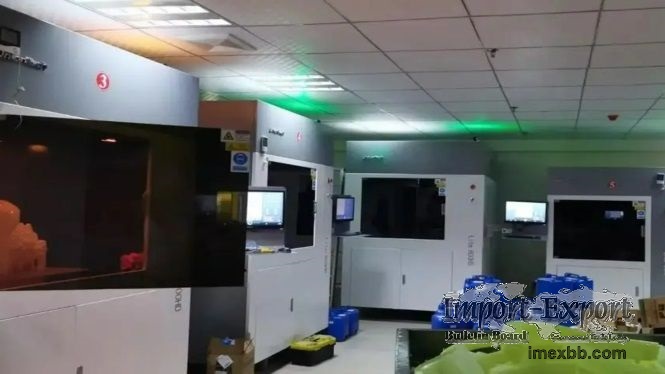 |
 |
Home > Offers to Sell > Tools & Hardware > Mechanical Hardware > Precision Parts
| Contact: | Qianqian Cheng |
|---|---|
| Company: | Thingyfy Technology Co.Ltd. |
| No. 1, Zhufeng Avenue West, Doumen District | |
| Zhuhai | |
| China | |
| Phone: | 13500242999 |
| E-Mail: | |
| Date/Time: | 11/13/24 1:22 GMT |
Urethane Casting and Vacuum Casting
What is Urethane casting?
Urethane casting is a manufacturing process similar to injection molding where
urethane resin is cast in a cavity between two silicone mold halves. The
process replicates a master model by pouring a silicone mold around it. In a
highly skilled procedure, the mold is sliced into two halves, the master model
is removed, and then a gating and ventilation system is added. Subsequently,
the model maker casts a urethane-based resin into the resulting cavity and
cures it under a vacuum to prevent air bubble intrusion. Vacuum casting is
better known as urethane casting or polyurethane casting in the US.
Vacuum Casting Process
Step 1: Master Building
Masters represent 3D solids derived from your CAD designs. Typically crafted
via CNC machining or 3D printing, they are meticulously fabricated under
controlled conditions, often at 40°C. Once the masters are meticulously
finished and thoroughly inspected, the next phase involves progressing to
silicone mold creation.
Step 2: Mold Making
The creation of casting molds commences with liquid silicone. The casting box
is partially filled with this liquid silicone, and then subjected to controlled
heating until the silicone is fully cured. Following this, the mold undergoes a
16-hour curing process within an oven. Additional batches of heated silicone
are poured to complete the mold, ensuring comprehensive coverage. Once fully
dried, the mold is carefully cut open to extract the master component.
Step 3: Part Production
Production of parts begins by pouring casting resins into the emptied mold
cavity. This process results in the creation of highly precise replicas of the
original master. The flexibility extends to the possibility of overmolding with
multiple materials. Typically, silicone molds maintain their effectiveness for
approximately 20 reproductions of the initial pattern.
This structured approach ensures the replication of intricate designs with
fidelity and efficiency, leveraging the precision of CAD designs and the
versatility of silicone molding techniques.
SOURCE: Import-Export Bulletin Board (https://www.imexbb.com/)
Similar Products:Not exactly what you are looking for? Post an Offer to Buy!
![]()
© 1996-2010 IMEXBB.com. All rights reserved.
|
|
|






